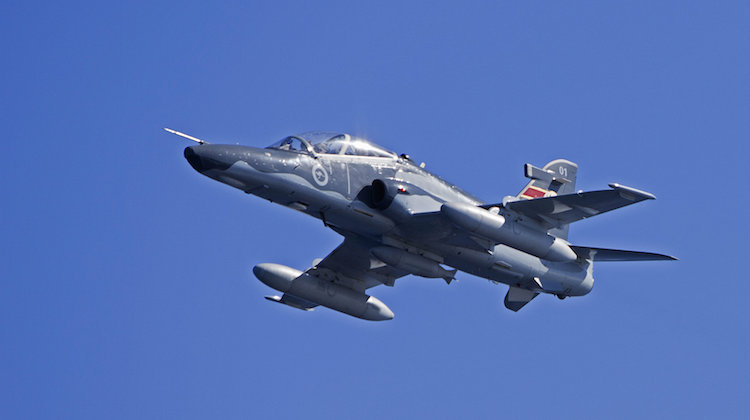Following on from above, here's a little something to ponder .......
What is short/tactical range? What is mid/medium range? What is long/strategic range? Is it as simple as saying that short is 1000km-1500km or mid is 2000km-3000km or long is 5000km+, is it as simple as that? (and of course I’m referring to combat radius, not ferry range, two different animals).
I think the answer is more to do with where you are geographically located on the globe.
Let’s look at two countries that both start with AUST, there is Austria right in the middle of Europe, land locked and completely surrounded, and there is Australia that sits at the cross roads of the Indian and Pacific Oceans, right at the bottom of Asia and nothing below but a lot of water and Antarctica.
Let’s also assume that in some alternate reality Austria and Australia had both operated F-111Cs during the same time period (and with no organic tanker support either).
According to Wiki, the F-111C had a combat radius of 2140km, for Austria in geographic terms, that is a long/strategic range capability, an F-111C based in Vienna would have had the unrefuelled capability to strike every other country in Europe (including Russia and Moscow), Scandinavia and most of North Africa too.
For Australia it is a different story, if an F-111C was based in Darwin, it could strike Indonesia, Timor, PNG, maybe just the very bottom of the Philippines and not much else. An interesting fact, Manus Island is at a distance of 2107km from Darwin, right on the very edge of the F-111Cs combat radius (one more interesting fact, Manus Island is 4573km from Shanghai).
So what does that all mean? Maybe not much?
But it is an interesting bit of information regarding geography and distance. Long range is like the old saying about a piece of string, it’s as long as you cut it (or as long a distance you are from wherever you are measuring that distance).
Did Australia ever possess a long/strategic range capability? Yes certainly during the time of confrontation with Indonesia, but since the end of that confrontation, I would suggest not for a long time, even prior to the F-111Cs being retired (based on our geography).
As at today (the here and now), the RAAFs maritime strike capability is P-8A, Super and Classic Hornets armed with Harpoon, and P-8A is no doubt the longest ranged of all three, from a land attack point of view the RAAF has Supers armed with JSOW-C1 and Classics armed with JASSM.
I would suggest that in fact it may possibly(?) be the soon to be retired Classic fleet that has the longest ranged land attack capability, JASSM has a reported range of 370k, JSOW-C1 (which is an unpowered glide bomb) has a reported range between 22km and 130km, depending on launch profile.
Will be interesting to see if we get any sort of announcement in the next couple of years regarding what will happen to JASSM when the last of the Classic fleet retires.
Anyway, does the RAAF have a short range capability? Certainly yes, now and well into the future. Does the RAAF have a medium range capability? Certainly yes, but only with sufficient tanker support and armed with the appropriate land and maritime attack weapons.
The big question, does the RAAF have, or will have, a long/strategic range capability against the obvious potential threat in our part of the world? Definitely not, even with a lot of tanker support and very long range weapon capability the combat radius will probably be somewhere around 3000km, give or take at the very extreme, sounds like a long way, but not really in our part of the world.
The only way the RAAF will ever have a long/strategic range strike capability is if it acquires something that has a range capability well beyond anything currently planned for service, and as we know, that capability won’t be acquired.
The RAAF long range baton has been handed over to the RAN, but in reality that capability won’t materialize for at least another 12-15 years or so, at least not until the first of the Attack class has reached FOC and is equipped with a land attack type capability too.
Cheers,

